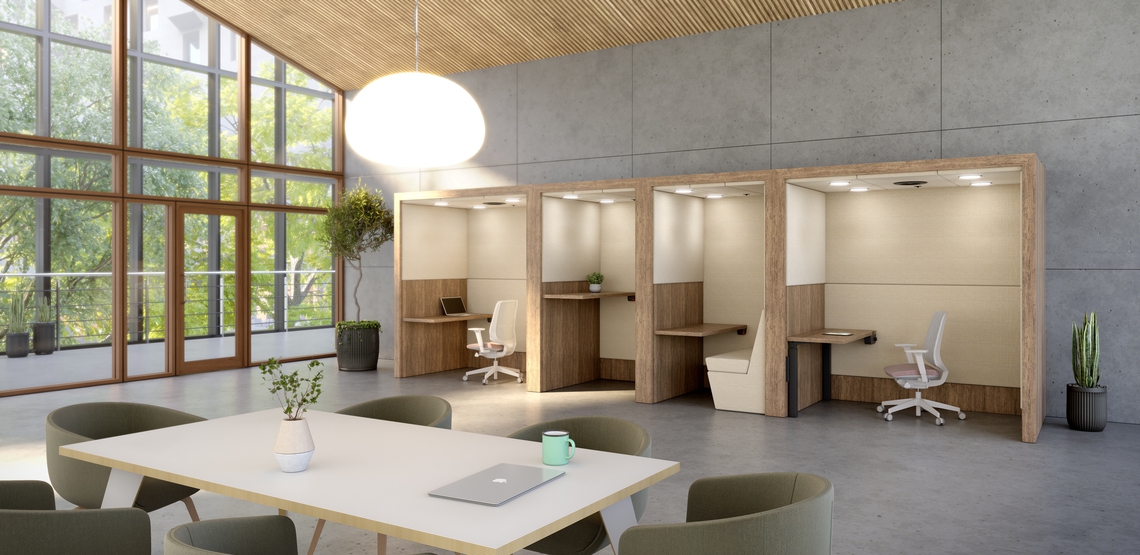
The Pandemial Generation: Who are they, and what do they want from their workplace?
What is a Pandemial?
Pandemial is a new expression related to the terms Gen Z and Zoomer. Generally speaking, a Pandemial is old enough to be conscious of the full impact of COVID-19 on their lives, but not old enough to remember life before 9/11. Young adults (those born after 1997, who are 24 and under) are living through their second major global crisis: first came the financial crisis of 2008, and now we’re in the midst of the COVID-19 pandemic. This has seriously affected the quality of their education, their economic prospects, and their mental health and wellbeing.
Many students now are leaving school with no exam results, or enduring an unsatisfactory remote learning experience at university, and to make matters worse they’re graduating into a time of high unemployment and economic downturn. Understandably, they have many career worries. These young people are often called Generation Z, but might be more appropriately called “Pandemials”, and they’re joining the workforce right now.
So, what are their skills, what do they want from the post-COVID workplace, and how can thoughtful office design help them?

For all their socioeconomic disadvantages, Pandemials also have many advantages to bring to the workplace. For one, they are very familiar with “connected” concepts, and intuitively understand how to navigate a Hybrid Workplace that blends the best parts of working in an office and working from home. Because they’re so well accustomed to using the latest software and technology, and moving between real and virtual spaces, flexible working arrangements come naturally to Pandemials. They are often described as “communaholic”—meaning they make no distinction between online friends and real-world friends, and form communities around shared goals and interests. They like to be connected with others around the world, and are able to work from anywhere, even when on the move.

What do Pandemials expect from a workplace?
Putting good practices in place now is important because this generation is leaving education and looking for work this year. Here’s what top talent will look for, and how they envisage the future of the workplace:
1. Technology
Pandemials are a connected generation. Because they’re so used to using many different apps simultaneously, they’re well suited to multitasking, and well placed to teach older colleagues how to make the most of the latest digital tools.
In order to flourish, they need easy access to documents and servers, and the latest software and technology. They want to be able to access their work on the go, on portable devices that are always by their side. Furthermore, as they consume so much online video, it’s a great idea to use video as a digital training medium.
As the future generation of workplace leaders does so much business over Zoom and Teams video calls, it’s helpful to provide them with video conferencing booths, which are specifically designed to provide a great virtual meeting experience. Replacing large meeting rooms with video conferencing booths has many other benefits too:
- It takes up much less space and improves the capacity for collaboration by increasing room availability in the office.
- By removing calls from shared desk areas, it allows everyone else to focus on their own tasks.
- These booths have a modular design that is very flexible; they can easily be moved around and positioned in optimal places in the office.
- They’re quicker and cheaper to install than meeting rooms, so organizations can save money on space, and on the cost of meeting rooms.
2. Health and Sanitation
Pandemials want to feel reassured that their office is a safe and hygienic environment. They’ll appreciate changes like increased airflow, hand sanitizer stations, touchless doors and interfaces, contact tracing protocols, and flexible desk layouts redesigned with social distancing in mind. As part of these social distance measures, personal storage spaces will be a high priority, agile storage solutions such as our HotLockers might be provided so that employees have a place to store their work and belongings while moving around the office.
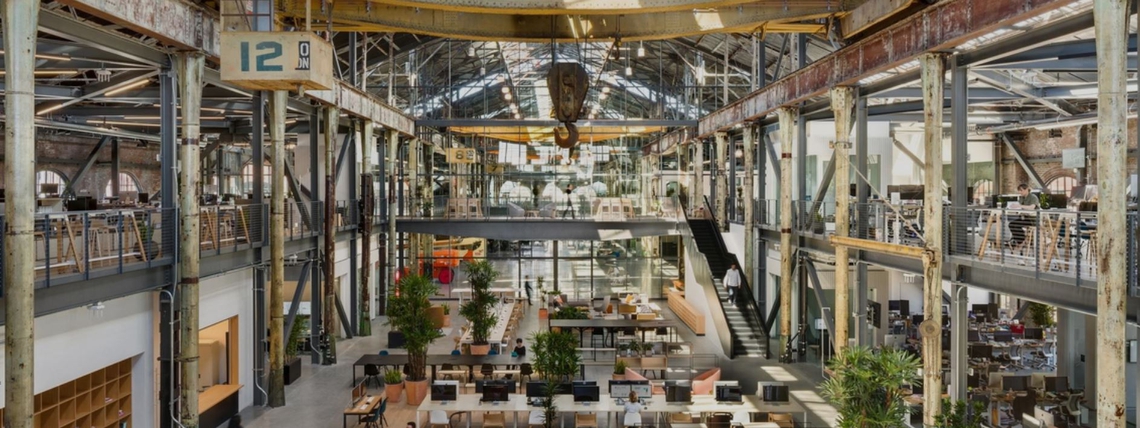
3. Mindfulness and Wellbeing
It’s also just as vital to look after employees’ wellbeing. The pandemic has been a traumatic experience for this young generation and studying through it from home has led to widespread burnout. Companies can help alleviate these effects by offering wellness and meditation programs, subscriptions to mindfulness apps, and opportunities for social engagement, which fosters a greater sense of wellbeing all-round. Most Pandemials consider the provision of communal spaces and neighborhoods particularly important and enjoy having social hubs and relaxed seating areas. It’s also good to provide plentiful biophilia, and quiet, private space like office pods and booths that are appealing for focussed work.
4. Flexibility
As noted above, Pandemial employees thrive when granted flexible working arrangements, which they much prefer to traditional office spaces. They like to be offered a choice of working environments, including a variety of different spots to suit different tasks. For instance, they’ll look for appropriate spaces for one-on-one chats, and prefer smaller meeting pods, to the built meeting rooms of old. You can read more about flexible working solutions in our previous article.
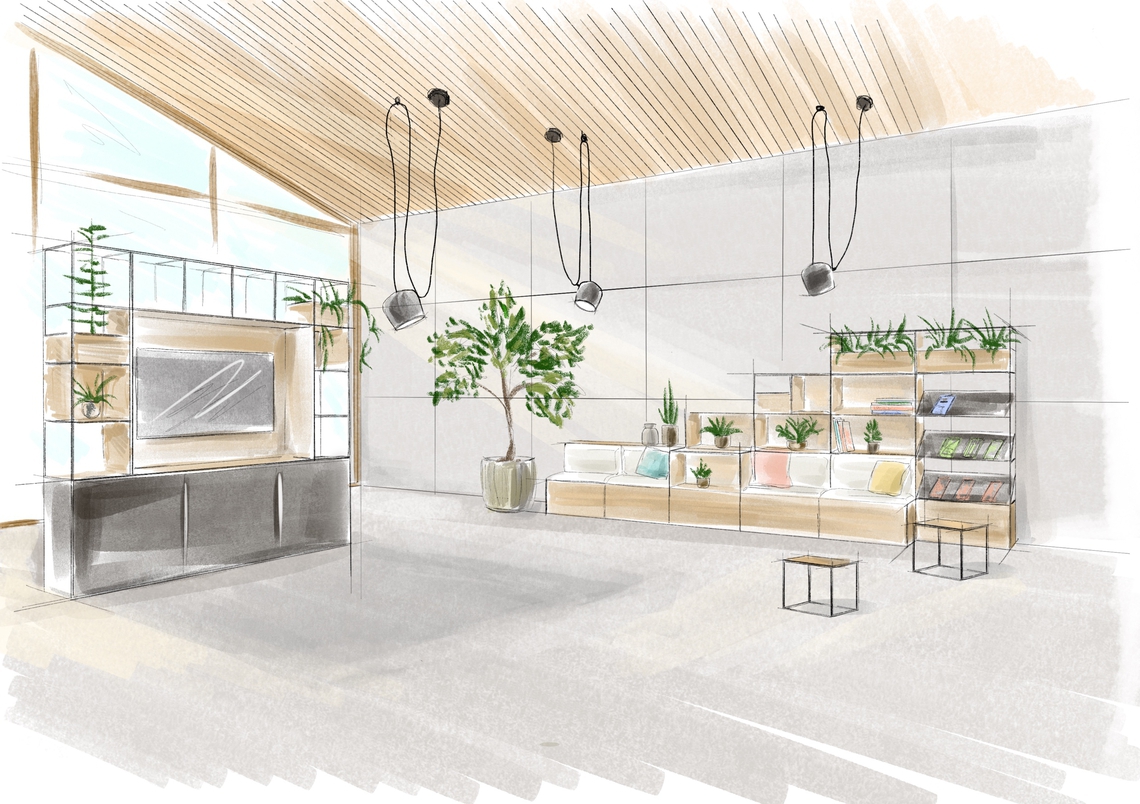
It is difficult to predict what the long-term effects will be on this generation, a retrospective view will be very interesting; how will this generation look back on these times? In 25 years time will they still be zealously washing their hands, avoiding surfaces, and instinctively reaching for their masks before going into public spaces? One thing is for certain, a future-focused workplace design that is flexible, resilient, and able to quickly respond to changing circumstances and evolving working habits will, in turn, attract Pandemial top talent and help them thrive.
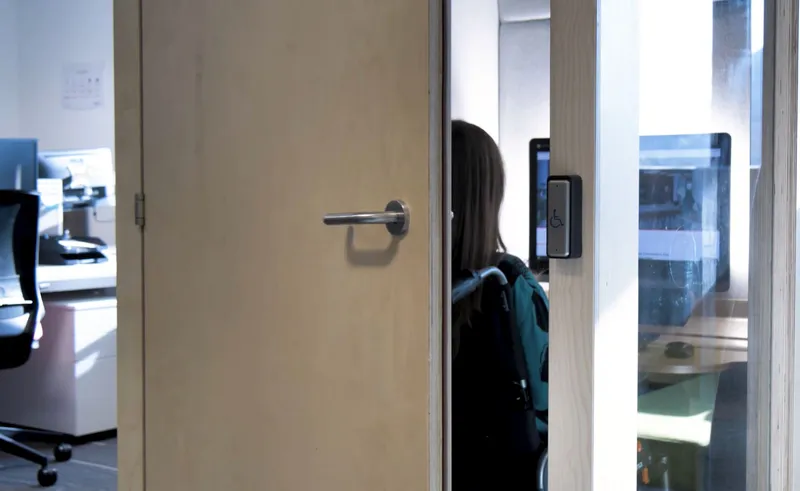

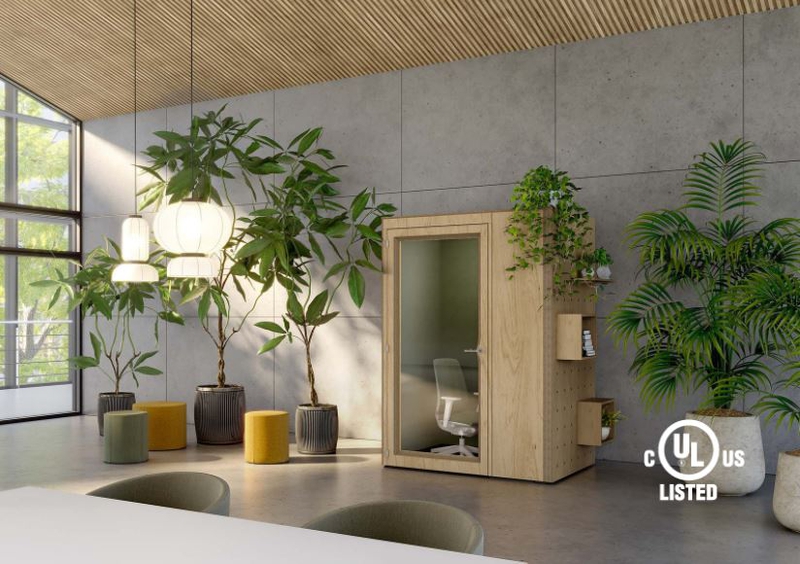

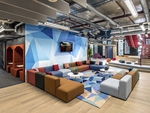

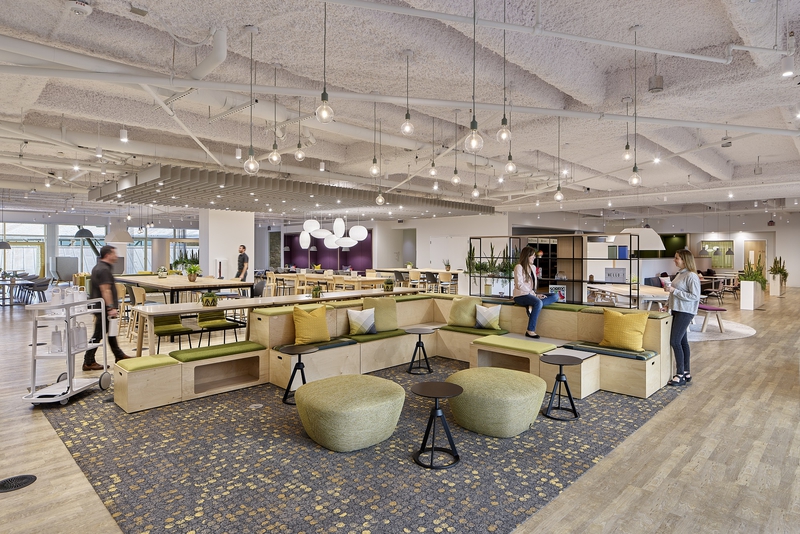
Leading design firm Jacobs have recently completed another location for one of their long-time clients in the financial…
FINANCIAL SERVICES
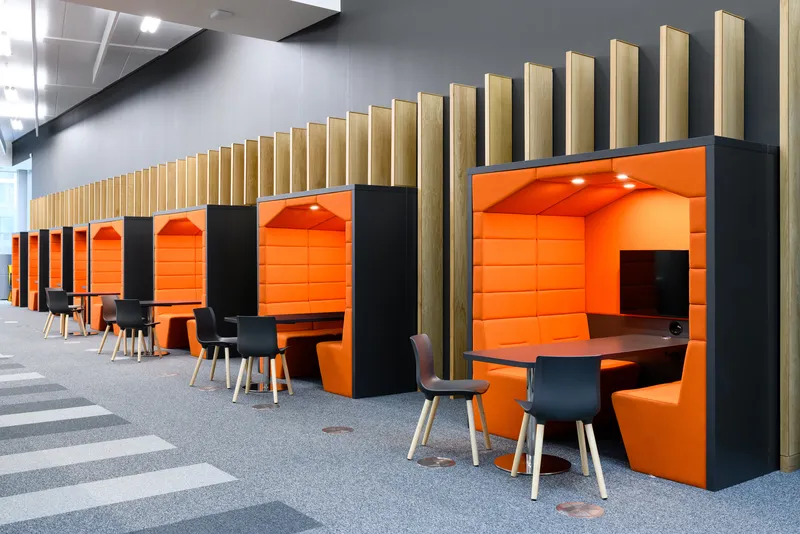
An extra 100,000 square foot for the Curzon Building of BCU, providing enviable facilities for this hub of student exce…
EDUCATION
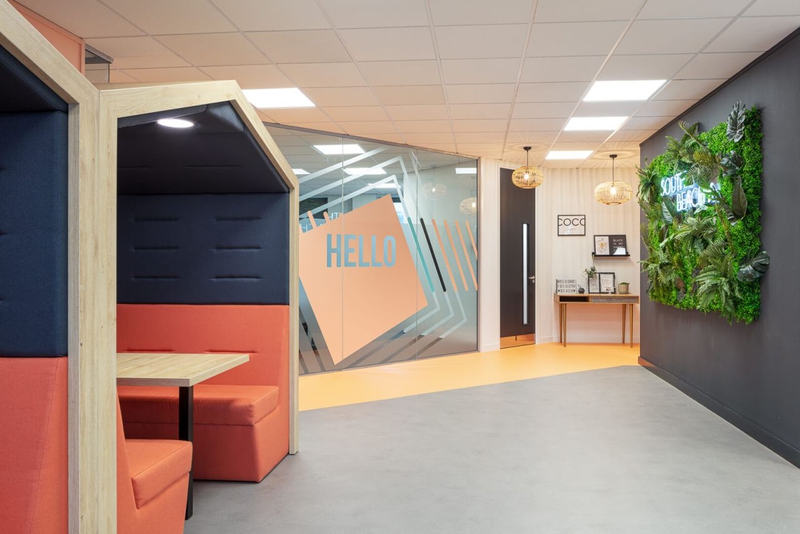
Continental Textiles knew that they wanted their new workplace to be a true reflection of their brand, for client meeti…
MANUFACTURING